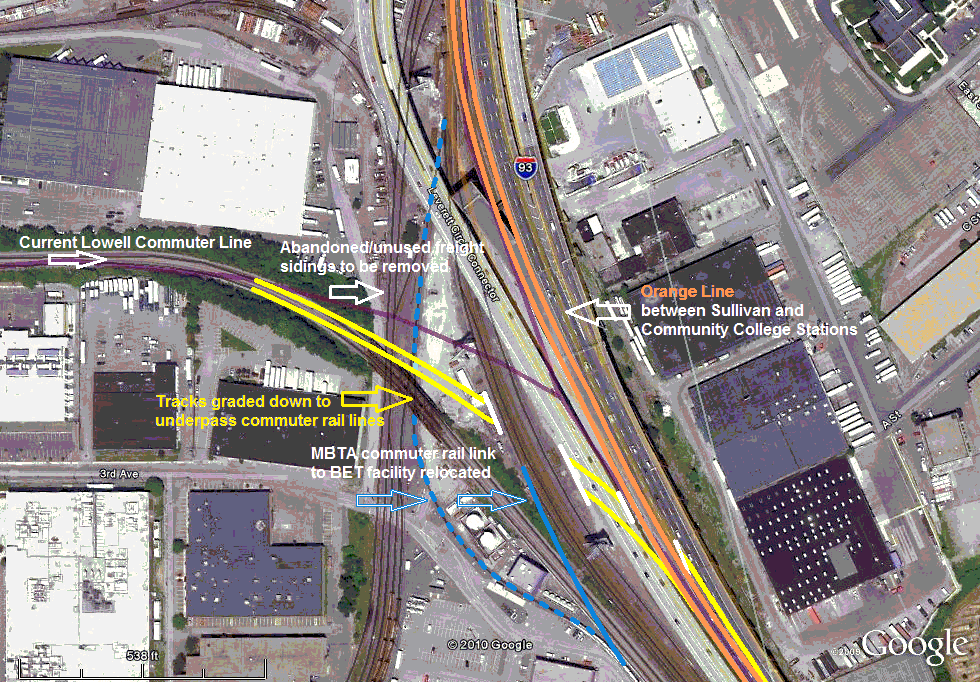As I read on all of this, especially the blog posts that links to
comparisons to similar projects. I think it is reaching to a single conclusion more than any other possible explanation - we are getting price grouched, we are getting extorted by the contractor.
More innocent explanation just don't fit enough.
Engineering more difficult than estimated? Aside from pointing out it is on an existing ROW, similar projects can do it for less.
Underestimated the true cost? A common theme with many projects, but again the above is saying this is not the case.
Feature creep? This actually makes some sense, we added a whole ton of more features between the stations, bike trail, mitigations and etc. But when we look at the reports where we are already overspending, it wasn't on the feature creep stuff - we haven't reach to that point yet.
Corruption (as in politicians pocketing the money)? Always impossible to prove not true when the project is going over-budget. Regardless, there's no sign within the bills unless the contractor charges are going to one of the politicians.
But looking at the reports numbers? The note that Baker re-added the ability to cancel the whole thing and it already been discuss that the re-addition of it is a negotiation tactic, it sounds like the truth is the contractor is bilking every dollar they can get.
We discussed before that the way to contract out is broken. Within the context of the country, its within this league. But we also discuss and pointed out to costs of similar projects that is outside the country and there's another drop in cost. From that point, I have to start wondering it is not merely structural, but maybe the contractor in Japan or Europe is just not willing to push the envelope as much they are here. That while the way we contract out work is broken, our own contractors are just screwing up harder.
And if that's true. The most frustrating thing is then we can't call just them out fully on it. We still have to guise it under bad planning or stuff like that. We have to cut features and delays rather than just saying they making up costs and over-charging. Despite Baker put cancellation back on the table assuming to use it to balance out the cost, he can't make them back down completely. It's going to be a combination of cutting stuff and raising more funds.

